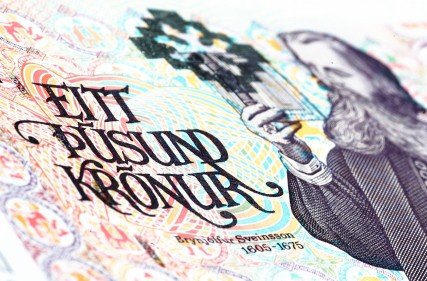The Icelandic króna has been in use since 1874 however many Icelanders and now crying for a historical change in currency. As a result of the capital controls place on the króna, the country is examining the possibility of adopting the Canadian Dollar. Here’s an interview between Business Insider’s Adam Taylor and Icelandic economist Heidar Gudjonsson on why embracing the Canadian Dollar could mean good things for Iceland:
“AT: How seriously is this proposal being talked about in Iceland?
HG: It’s being discussed seriously. The Minister of Economy, he went to Canada six weeks ago and had meetings with Bank of Canada and with regulators, and I think the Ministry of Finance as well. And he then came back to Iceland, and he said publicly that this was an option that could not be ruled out and we should also look into the option of a bilateral union.”
“AT: How much support does this proposal have within Iceland, particularly within the business community?
HG: It has growing support within the business community because the current capital controls are strangling the economy. So the delegation that visited Canada went with the Confederation of Icelandic Employers and Confederation of Icelandic Industries — these confederations represent the vast majority of Icelandic business.
AT: Do you personally think it’s a good idea?
HG: Yes, I think it’s a good idea — because there’s no perfect idea, and in currencies, there’s no perfect currency.
The problems Iceland is facing are very acute, and we need a solution within the next year or two. The reason we’re in a tough spot is that the capital controls which are in place are stifling economic growth, hindering all investments, and they create basically a current account deficit, rather than improving the current account. And there are big maturities coming up on Icelandic loans. So we need inflow to pay for the upcoming outflow.
So otherwise, Icelandic actually faces the risk of defaulting on its foreign debt as early as 2016.”








